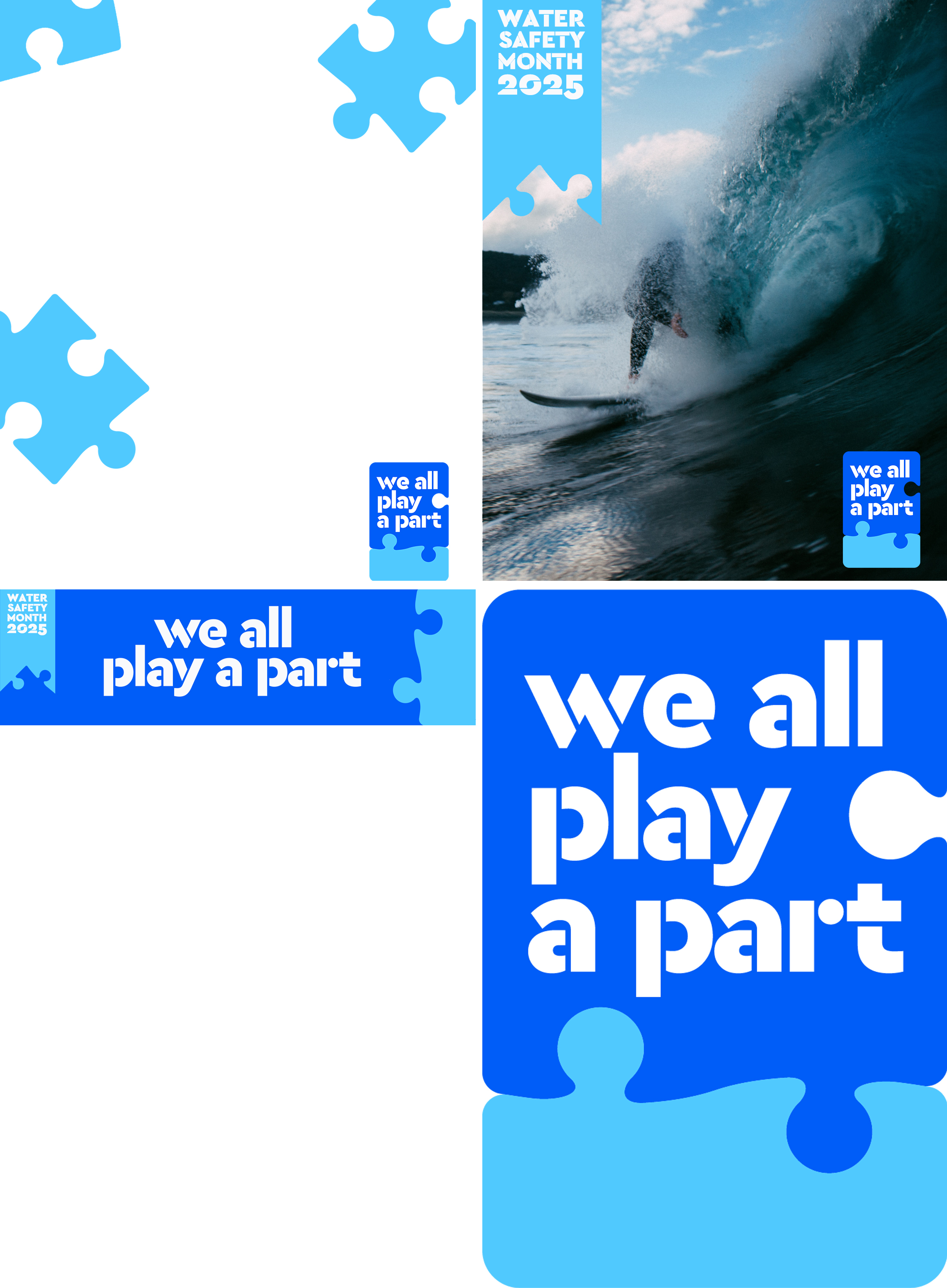Be safe – be seen
When kayaking in areas used by other craft, make sure you will be seen. A kayak can be almost invisible to skippers of other craft.
Wearing bright clothing, having brightly coloured paddle blades with reflector strips, and displaying a very bright orange or red flag about a metre above the water on a rod will greatly reduce the chance of being run down accidentally.
Know the conditions: Check weather and marine forecasts before heading out. Only experienced, fit paddlers should use a kayak in rough water.
Know what to do if something goes wrong: Kayaks can easily capsize. It is essential to have buoyancy aids fitted to make sure your kayak stays level so it can be re-boarded.
Tell someone where you're going: Make sure you someone on shore knows what you’re up to. Tell a mate or family member when you’re leaving, where you’re going, how many people you’re with, and when you think you’ll be back. Let them know if you are running late.
Check your craft and prep your gear
Paddle craft: Check your craft for leaks, damages or dodgy cables/fasteners and anything else that could invite trouble.
Lifejacket: Check your lifejacket is undamaged and fits properly. Know how to adjust the fit.
Communication equipment: Take two types of communication – a handheld VHF radio, a personal locator beacon or a cellphone in a waterproof lanyard bag. Carry them on you, or in your lifejacket pocket.
Paddle: Tether your paddle so you don’t lose it if you capsize. Know how to get back on and right your paddle craft.
Wetsuit: Dress for the water temperature, not the air temperature. Cold water shocks and hypothermia can kill.
Waterproof torch: A waterproof torch provides light. Make sure you have one from (and during) sunset to sunrise. Check your battery.
Local knowledge: Talk to locals about specific tides, currents and hazards. Check the marine and weather forecasts.
Take plenty of food and sunscreen: Don’t get caught short.
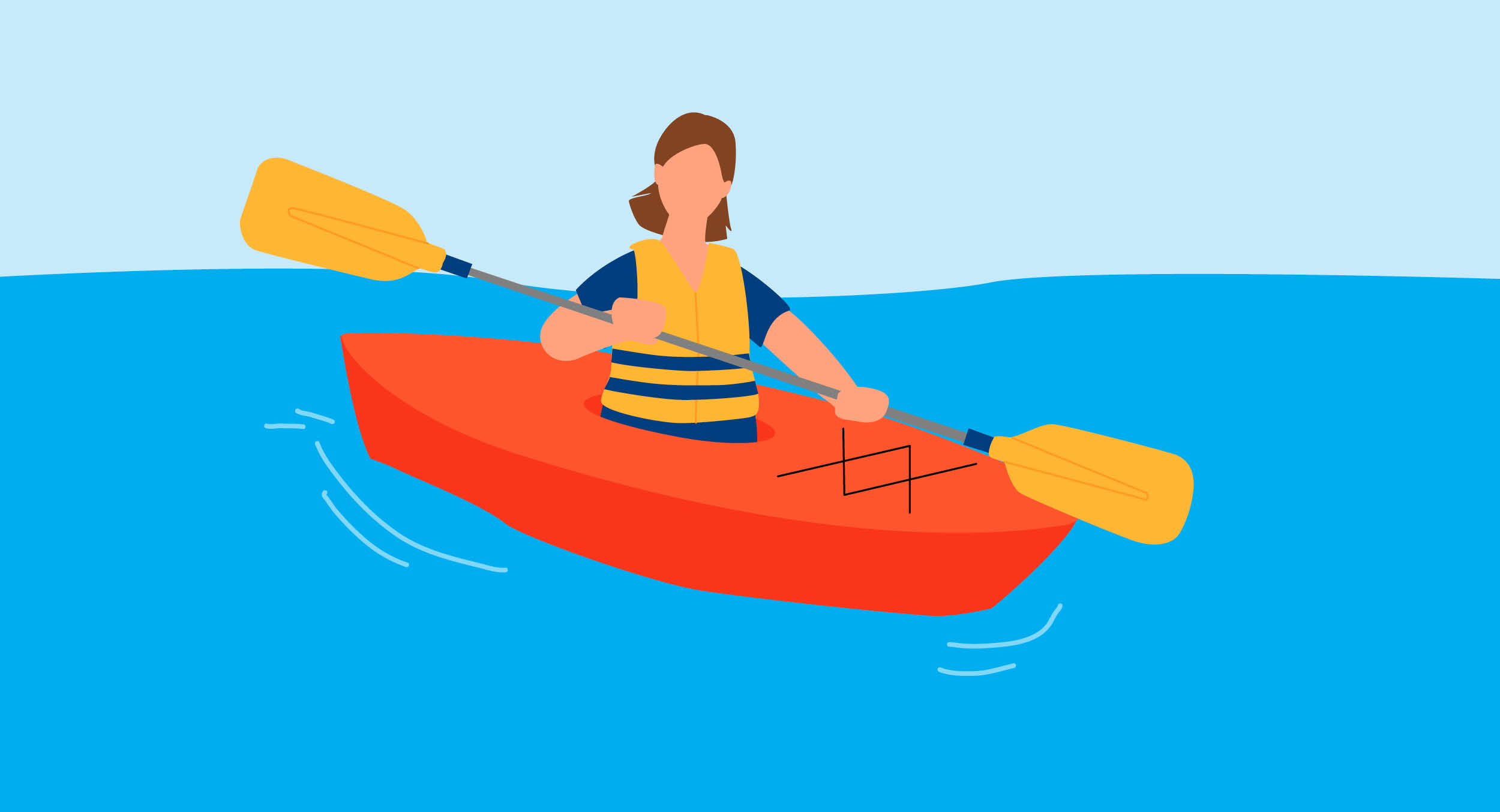
Stand-up paddle boarding (SUP) Safety Code
Paddleboarding is an increasingly popular recreational activity across New Zealand, but how do you stay safe whilst out on the water?
Below are some safety guidelines from New Zealand Standup Paddling Inc.
Leash: Always wear a leash.
- In strong currents (rivers, harbour mouths etc), only use a leash with a quick-release system that can be operated from above the waist, NEVER attached to your ankle or calf.
- In surf only use a straight ankle/calf leash. In weedy conditions use a coiled leash.
Buoyancy aids: A PersonalFlotation Device (PFD) will greatly increase your survival time in the water should you become separated from your board.
Conditions: Know the weather, wind strength and direction (now and forecast), tide height and flow, and water temperature.
Communications: Carry two forms of communication. A phone in a waterproof case, if you have a signal, or hand-held VHG (emergency channel 16) or a Personal Locator Beacon, and a waterproof whistle.
Tell someone: Even if you’re paddling with others, make sure someone onshore knows that you’re on the water, where you’re going and how long you’ll be. Tell them when you plan to return.
The Coastguard “Log A Trip” app is a great resource for this.
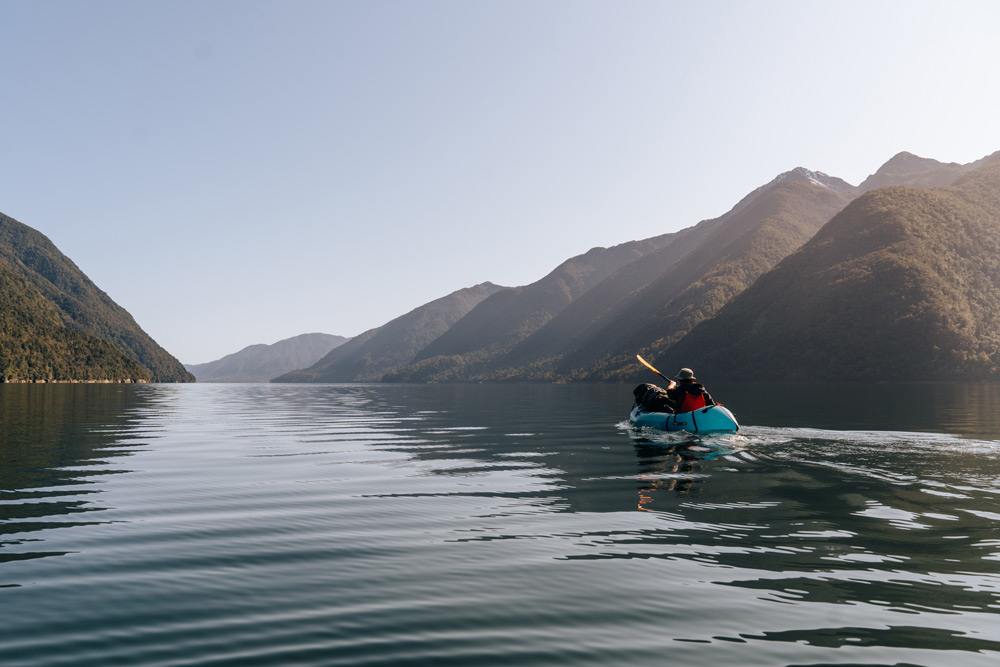
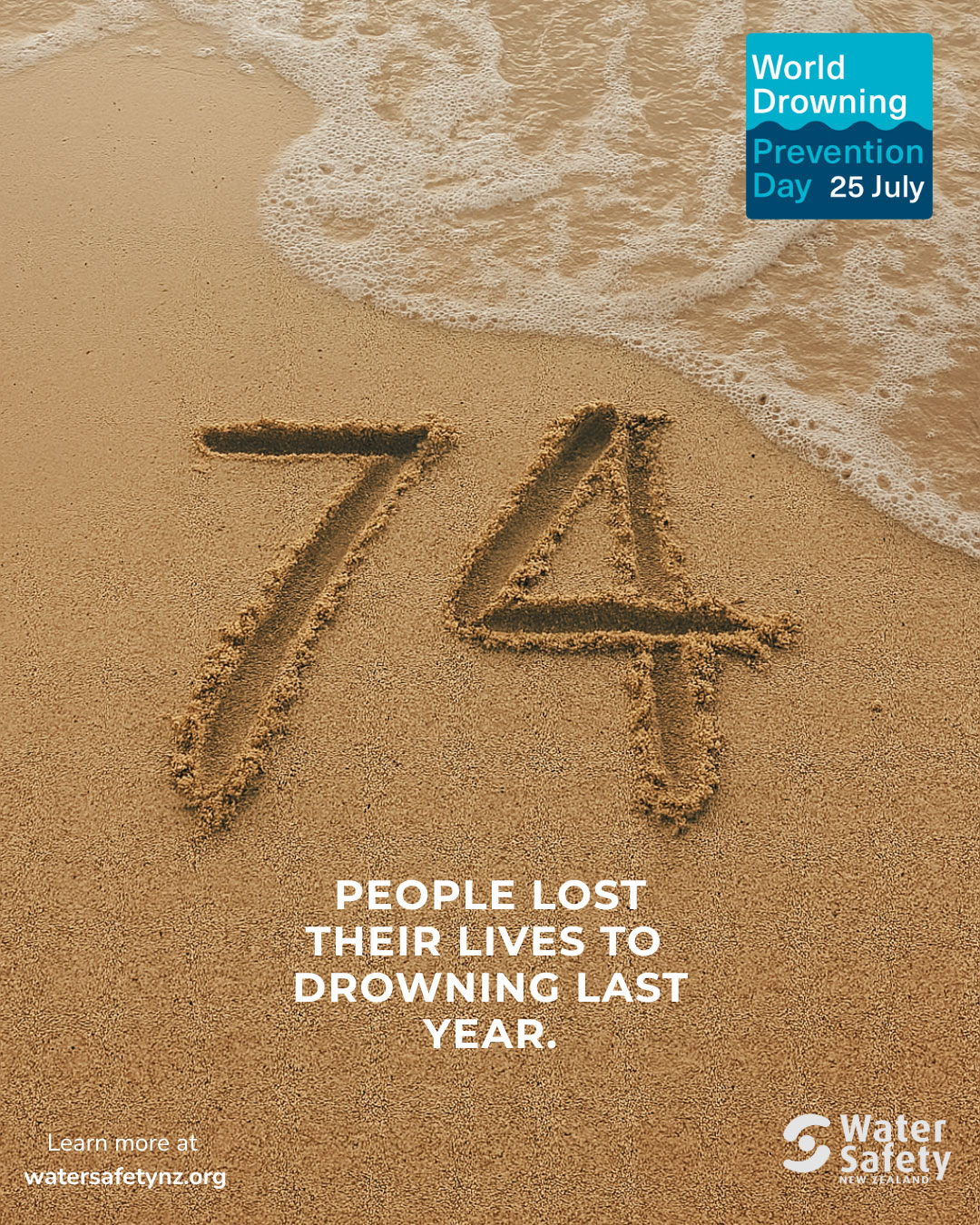
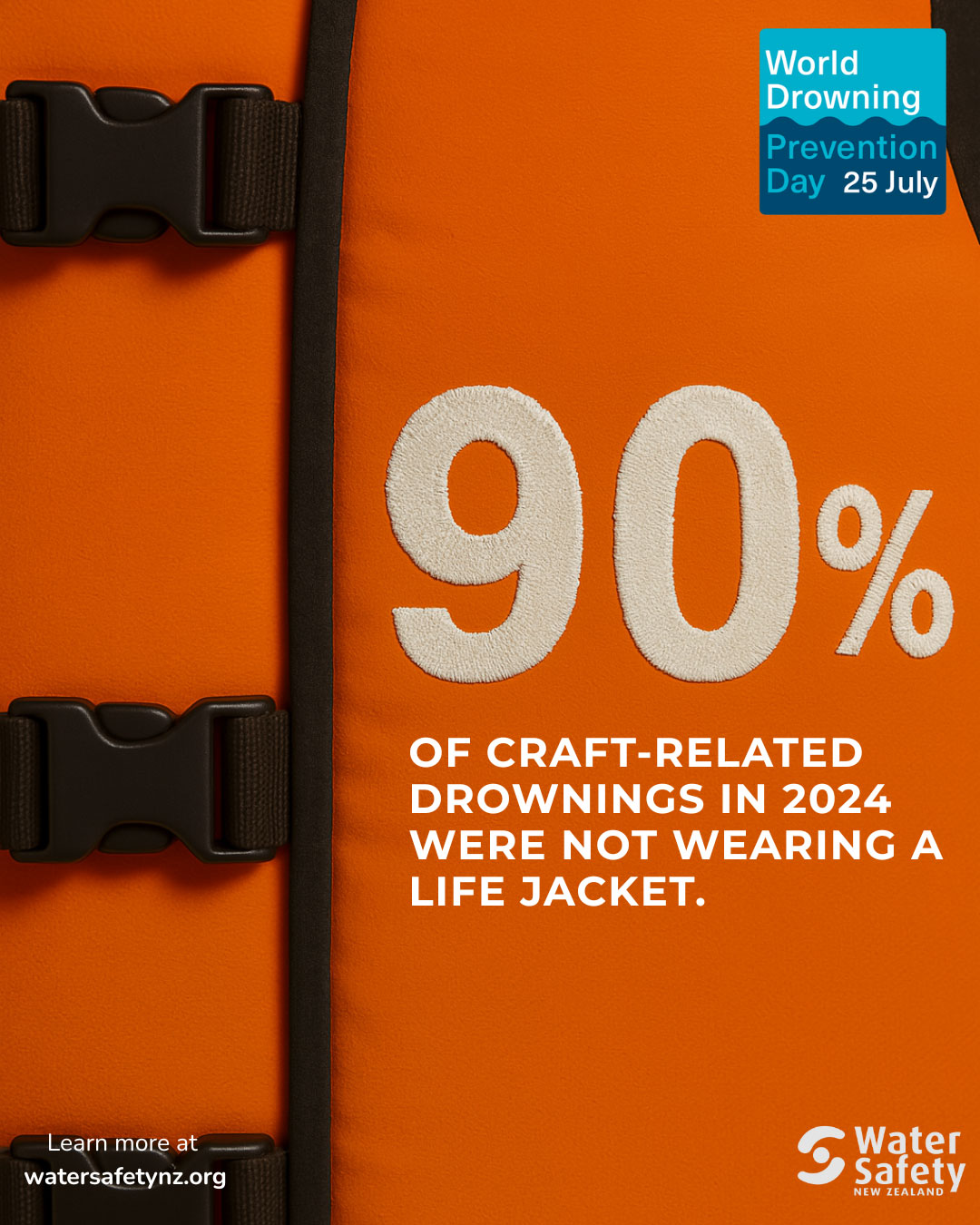
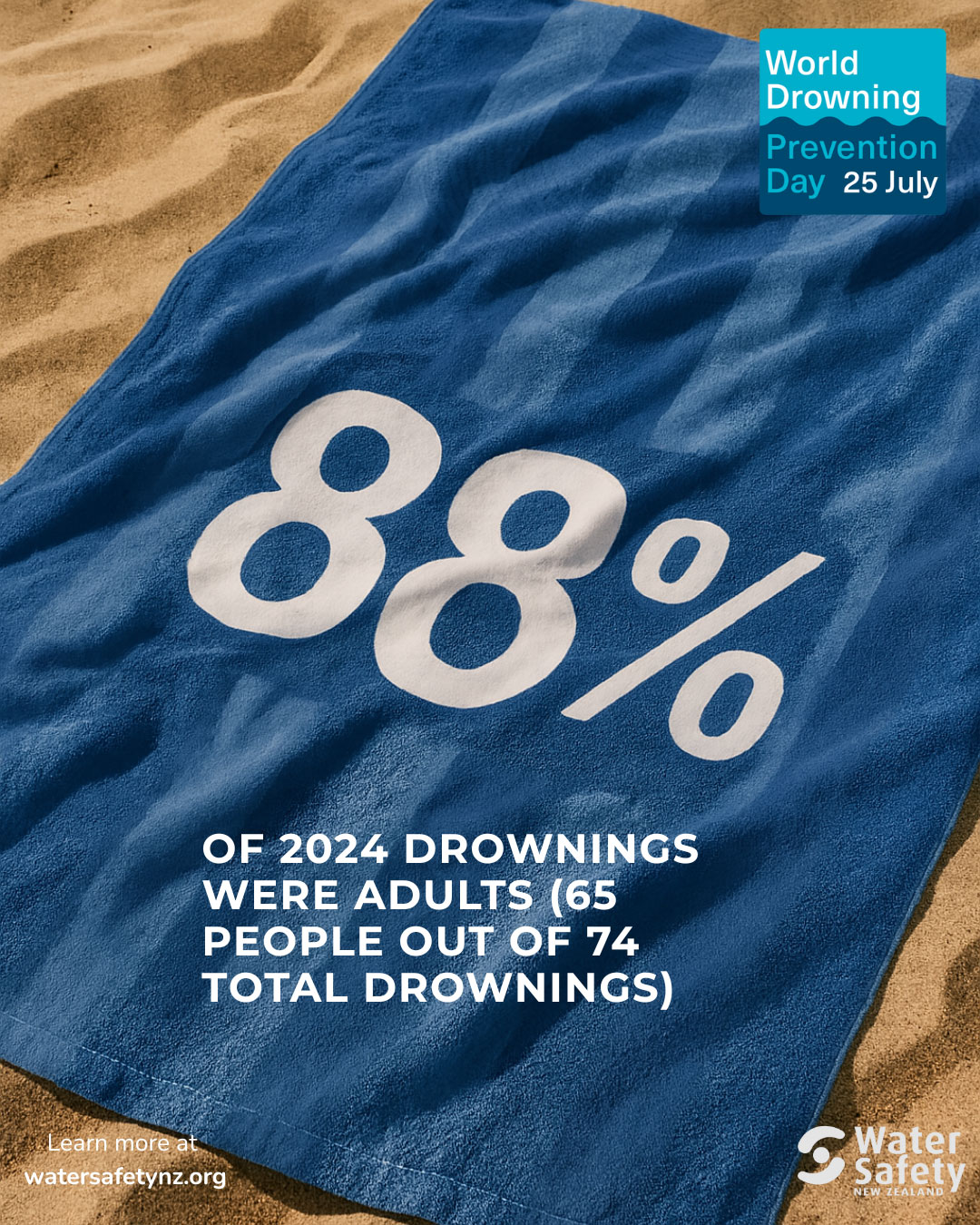


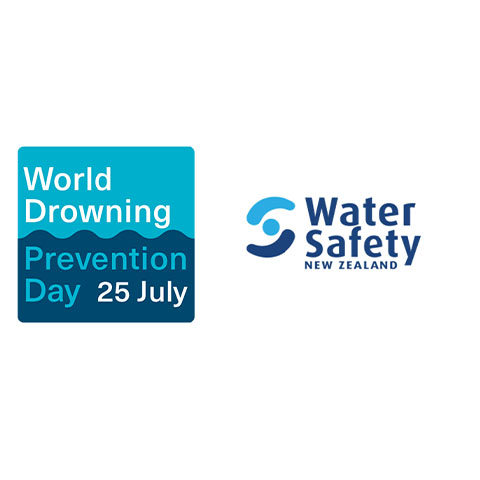
.jpg)
